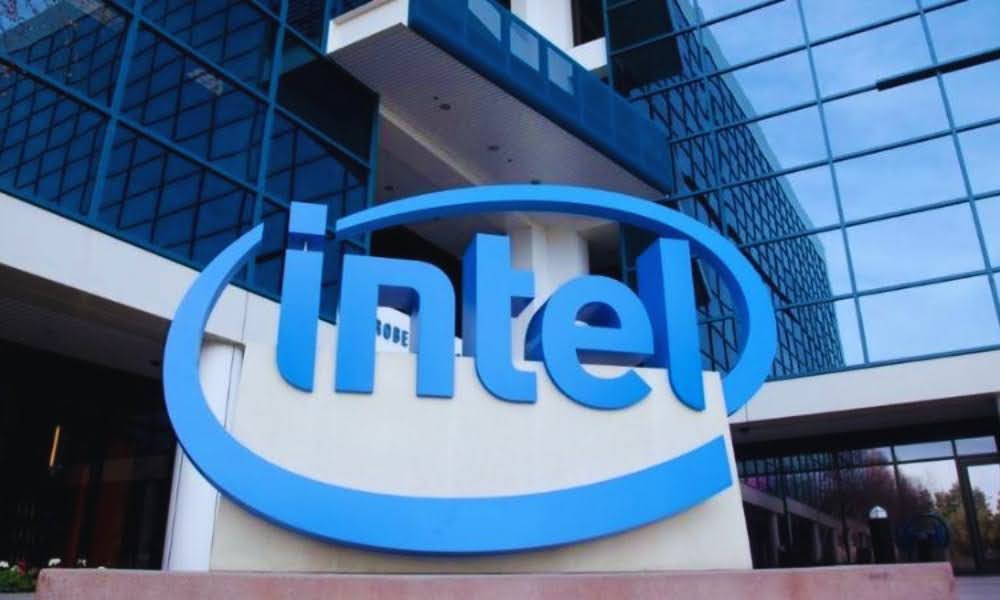Google Streamlines Leadership: 10% Cut in Top Management Roles Amid Efficiency Drive

In a significant step toward enhancing operational efficiency, Google has reduced its top management roles by 10%.
CEO Sundar Pichai introduced this measure as part of a long-term initiative to simplify operations and boost productivity.
The affected roles include managerial, director-level, and vice-president positions, reflecting Google’s effort to align its structure with evolving business goals.
According to a Google spokesperson, some employees impacted by these changes transitioned to non-managerial roles, while others faced job eliminations.
This decision is a continuation of Google’s efficiency strategy, first outlined in September 2022, when Pichai set a goal to improve efficiency by 20%.
The initiative gained momentum in January 2023, with the company implementing a historic round of layoffs that saw 12,000 jobs—approximately 6% of its workforce—eliminated.
Responding to AI Competition
Google’s efficiency push coincides with increasing competition in the field of artificial intelligence (AI).
Rivals such as OpenAI have released innovative products that pose a direct challenge to Google’s dominance in key areas like search.
In response, Google has intensified its focus on AI, integrating generative AI features into its core businesses and unveiling new tools designed to maintain its competitive edge.
Recent advancements include the launch of an AI video generator that outperformed OpenAI’s equivalent in early testing and the introduction of the Gemini model series.
These models, including a “reasoning” variant, are designed to demonstrate decision-making processes and usher in what Pichai described as a “new agentic era” of AI.
The launch of Gemini 2.0 has been particularly impactful, boosting Google’s stock by more than 4% following its release.
Redefining Corporate Culture
In addition to structural changes, Pichai has emphasized the importance of redefining “Googleyness,” a term that encapsulates the company’s culture and values.
During a recent all-hands meeting, he stated, “It’s time to update what Googleyness means for today’s Google.”
This cultural shift aims to align the company’s identity with its modern challenges, fostering a workplace that supports agility, innovation, and adaptability.
A History of Efficiency Efforts
Google’s current restructuring is part of a broader efficiency drive that began over two years ago. In September 2022, Pichai outlined a vision to make the company 20% more efficient.
By January 2023, this vision had led to the elimination of 12,000 jobs, with Pichai taking “full responsibility” for the tough decisions in an open letter to employees.
The layoffs followed a comprehensive efficiency audit that reviewed product areas, functions, levels, and regions across Alphabet.
While acknowledging that the process could have been managed more effectively, Pichai emphasized the necessity of these actions to support future growth. “If we didn’t act, it would have become worse,” he remarked during the same meeting.
Industry Trends
Google’s approach reflects a broader trend in the tech industry. Companies like Amazon have similarly reduced middle management layers under CEO Andy Jassy, aiming to empower individual contributors and accelerate decision-making.
These strategies are widely seen as essential for fostering innovation and ensuring adaptability in an increasingly competitive landscape.
Looking Ahead
As Google continues its efficiency drive, it remains committed to exploring new ways to optimize operations.
The company is investing heavily in automation and AI to improve productivity and maintain its leadership in the tech sector.
These efforts underscore Google’s determination to remain at the forefront of an industry defined by rapid technological advancements.








